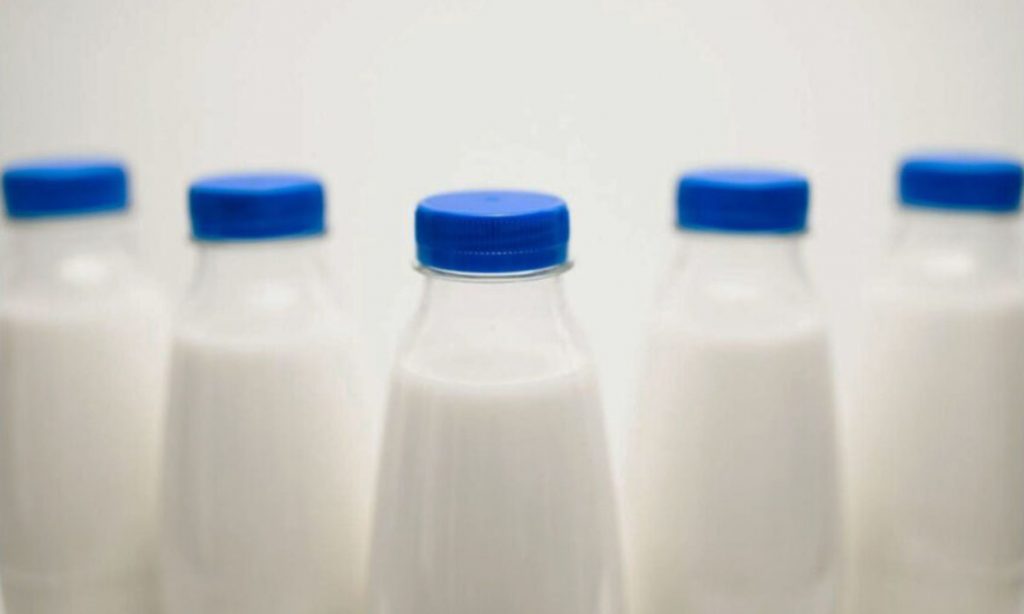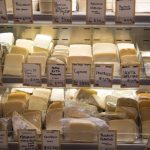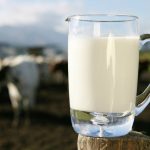
The previous years’ record-high prices have led to more production, more efficiency, and more cows. Farmers (and people in general) tend to react to and make decisions based on their economic climate. If income to the farm is good, you keep doing what you do well and what got you to that point – and you produce more. If the economic environment is not so rewarding, limited growth is likely.
From a high-level view, milk futures were trading under $16.00 per hundredweight (cwt) in the summer of 2021. Input prices were on the rise and the cow herd on the decline. Cost for proteins and grains continued to rally throughout the fall of 2021, peaking in May of 2022. The dairy herd retracted, as old crop corn prices traded over $8.00 per bushel. It was not long before milk prices climbed to well above $20 per cwt, eventually moving to all-time new high levels over $25 per cwt.
Historically, high prices have had a tendency to encourage producers to increase their production. All evidence pointed to this again in late 2022.
According to the Dec. 19, 2022 USDA Milk Production report, production of milk in the 24 major production states during November totaled 17.5 billion pounds, up 1.4% from November 2021. The October report had an upward revision at 18 million pounds, up 1.3% from October 2021. Production per cow averaged 1,956 pounds, 17 pounds higher than November 2021. The total number of cows increased by 48,000 from November 2021, now at 8.94 million head.
The upshot of the USDA report was confirmation of more cows, more efficiency, and more production. All this at a time when world economic concerns remain high. Will the world incur a recession? Maybe, and nothing is known for sure.
Global Dairy Trade numbers released early this month reflected lower prices for the world milk platform. Milk futures have traded in a downtrend since peaking last spring. The bigger picture perspective is asking if prices have gone low enough to encourage less production. The short answer is probably not.
It is likely that producers are in a “getting concerned” stage and hopeful for a price rebound, less expensive inputs, or both. If financial losses for dairy producers mount and pain drives decisions, it will probably be late spring or summer before production contracts, ultimately fulfilling the mantra that low prices will cure low prices.
No one can guess with certainty the direction of a market or degree of a market move. Look for ways to protect high selling prices and take advantage of low input costs when opportunities present themselves. Visit with a professional; learn about your marketing alternatives; and, of course, be sure to understand the risks and rewards before entering into any position.




















